The Application of Aluminum Alloy Extruded Industrial Profiles in Industrial Automation Equipment Frames :
1. Introduction
In modern industries, aluminum alloy extruded industrial profiles have emerged as a cornerstone material, playing a pivotal role across a broad spectrum of applications. Their significance has been magnified in the era of booming industrial automation, where the demand for high - performance, versatile materials is ever - increasing.
Industrial automation, with its focus on efficiency, precision, and reliability, heavily relies on aluminum alloy profiles for constructing equipment frames. These profiles offer a unique combination of properties that make them indispensable. For example, in a large - scale manufacturing plant, the frames of automated machinery need to be sturdy yet lightweight to ensure smooth operation and energy - efficient movement. Aluminum alloy profiles perfectly meet these requirements.
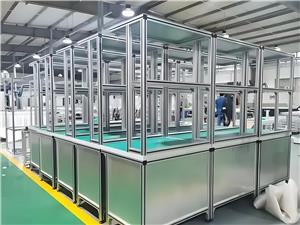
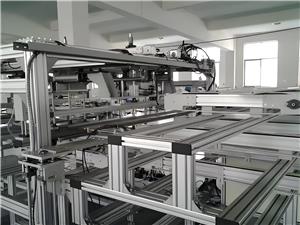
2. Surface Treatment Methods of Aluminum Alloy Extruded Industrial Profiles
Anodizing Process Description:
Anodizing is an electrochemical process that involves immersing the aluminum alloy profile in an electrolytic bath, typically one based on sulfuric acid. When an electric current is passed through the bath, the aluminum profile serves as the anode. At the anode, water molecules are oxidized, releasing oxygen gas. This oxygen reacts with the aluminum surface to form a thick, porous oxide layer. The thickness of this anodized layer can be precisely controlled. For general applications, it may range from 5 - 25 microns, while for more demanding applications such as in the aerospace industry, it can be up to 50 microns or more.
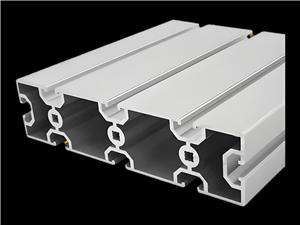
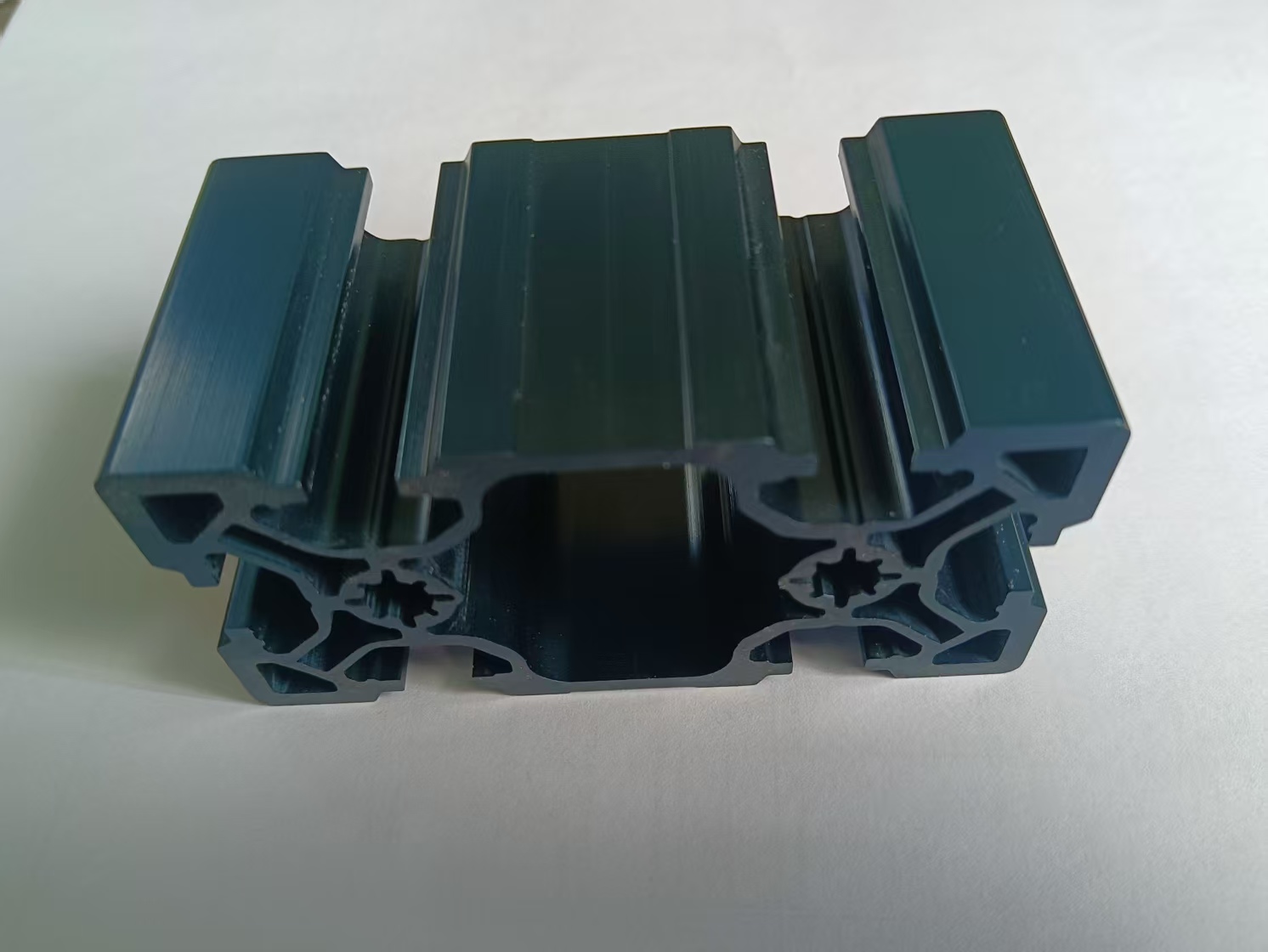
Benefits:
Anodizing provides a significant boost in corrosion resistance. The anodized layer acts as a physical barrier, protecting the underlying aluminum from direct contact with corrosive agents in the environment. This makes anodized aluminum alloy profiles highly suitable for outdoor applications or in industrial settings with corrosive atmospheres. Additionally, the anodized layer increases the surface hardness of the aluminum alloy profiles. This enhanced hardness makes the aluminum alloy extruded industrial profiles more resistant to wear and abrasion, extending its service life. Anodizing also offers aesthetic advantages. The porous nature of the anodized layer allows it to be dyed in a wide variety of colors, from classic silver and black to vibrant hues, making it an attractive option for applications where both functionality and appearance matter.
3. Structural Design Flexibility of Aluminum Alloy Extruded Industrial Profiles
Extrusion Process Advantage:
The extrusion process is the key to the production of aluminum alloy extruded industrial profiles with almost any cross - sectional shape. An aluminum alloy billet is first heated to a suitable temperature, typically between 400 - 550°C depending on the alloy composition. Once heated, the billet is forced through a die with a specific shape under high pressure. This high - pressure extrusion allows for the creation of complex, customized profiles. The die can be designed to have intricate geometries, enabling the production of profiles with unique grooves, channels, and multi - sided configurations. This flexibility in shape production is highly beneficial for industrial automation equipment frames, as it allows for the creation of aluminum alloy extruded industrial profiles that are tailored to the specific needs of the equipment.
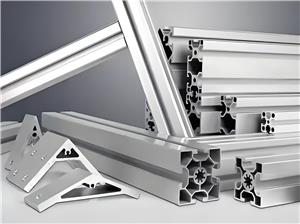
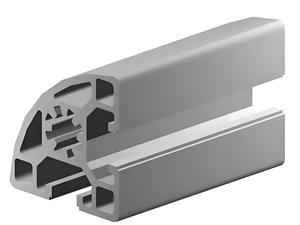
Examples in Industrial Automation Equipment:
In industrial automation, custom - shaped aluminum alloy profiles are widely used. For example, in the construction of robotic arms, aluminum alloy profiles with special channels can be designed to house the electrical wiring and pneumatic tubes. These channels not only protect the internal components but also contribute to a neater and more organized appearance. Profiles with multi - sided configurations can be used to directly mount motors, sensors, and actuators. This eliminates the need for additional fastening components such as brackets and plates, simplifying the assembly process and reducing the overall weight of the robotic arm. In conveyor systems, profiles with unique cross - sectional shapes can be designed to support the rollers and guide the movement of the conveyor belt more effectively.
4. Modular Design Capability
The modular nature of aluminum alloy profiles enables the scalability of industrial automation equipment. As the production requirements or functions of the equipment change, additional modules can be added to expand the frame size or functionality. In the electronics manufacturing industry, production lines often need to be modified or expanded frequently to accommodate new product models or increased production volumes. Aluminum alloy profiles allow for easy reconfiguration. New workstations can be added to the production line by simply connecting additional modular frames, and existing workstations can be rearranged to optimize the workflow.
5. Applications in Industrial Automation Equipment Frames
Aluminum alloy profiles are extensively used to construct the main structural components of robotic arms and manipulators. Their lightweight yet high - strength properties are essential for reducing the inertia of the moving parts. In a robotic arm, reducing inertia allows for faster acceleration and deceleration, enabling the arm to move more quickly and precisely. The custom - shaped profiles can be designed to fit the specific mechanical and electrical requirements of the robotic joints and linkages. For example, the profiles at the joints can be designed with specific shapes to accommodate bearings and connectors, ensuring smooth rotation and movement.
Our factory locates in Linqu county,Shandong Province china
Of course, we can take you to visit our factory and provide a detailed introduction. We can also take you to visit us.
Yes, we can customize the service according to your requirements. We also have a professional product development department